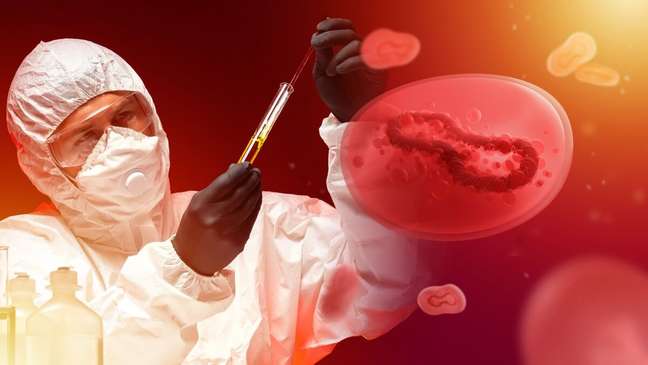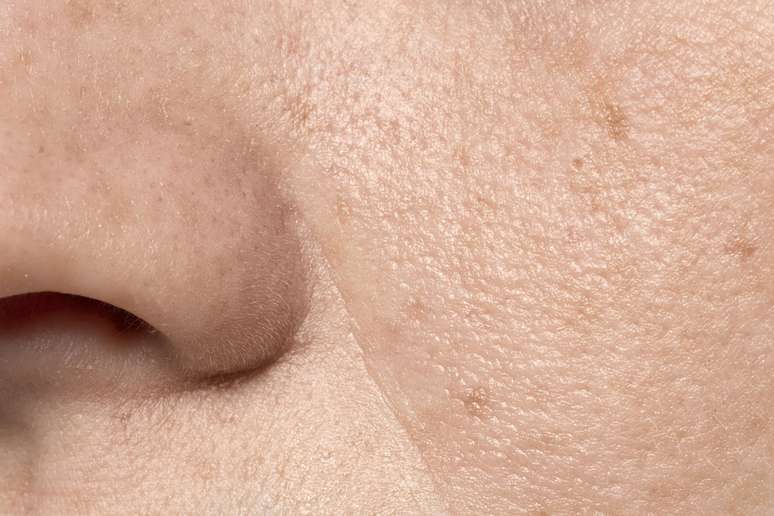Understanding more about the disease and what to do to protect yourself adequately; Monkeypox in Brazil is expanding

THE monkeypox it is an infectious disease that has quickly taken over the news and put everyone on high alert. After all, we are not out of the Covid-19 pandemic yet, and a new threat to global public health would be a real tragedy for society. But so far, this virus has yet to show signs of being as dangerous as the coronavirus.
Despite this, monkeypox in Brazil continues to expand. In all, there are at least 17 confirmed cases of the disease in the country. A fact that keeps that alert from the beginning and that generates numerous doubts in people.
Therefore, to clarify everything about monkeypox in Brazil and around the world, the epidemiologist, Dr. André Ribas, who specializes in epidemiology at the UNICAMP Faculty of Medicine and professor at the São Leopoldo Mandic Faculty of Medicine in Campinas, has separated nine myths and truths about the disease. Watch:
1 – The disease is transmitted only through contact with monkeys. Myth
The first issue to clarify is that, despite the name, it is not generally transmitted from ape to a human being. The main reservoir for this type of smallpox is believed to be African rodents. They call it “monkey vault” because the virus was first identified in an outbreak in a monkey cage, which was used for research. But monkeys are probably not nature’s main reservoirs.
2 – The current outbreak is a mutation of the virus. Myth
What motivated the current epidemic is not yet fully explained. There is a possibility that an increase in transmission capacity has occurred. Another hypothesis is that it was a consequence of an atypical super scattering event. There have been a few holidays in Europe, which may have generated an event where the virus has spread widely. What we are seeing is a consequence of this wave of transmission and it is now up to us to see whether or not the epidemic will evolve.
3 – Skin lesions disappear after healing. Truth
The wound itself disappears. The person stops transmitting the disease when the last scabs fall off and, in this way, what remains is the scar. The lesion can form keloids (a protruding scar). Much depends on the severity of the clinical form, but there are some published cases in Europe where the lesions are not as severe. In general, they are small and localized lesions. The severity of the wound sequelae will depend on the degree of spread of the wounds during the active phase of the disease.
4-The prevention measures are the same as for Covid-19. Myth
Preventive measures against monkeypox involve reducing contact with people with sores or in the prodromal stage, when symptoms of the disease, such as fever and myalgia (muscle pain), begin to occur. Smallpox is not spread as easily as with Covid-19. It is important to differentiate one thing from the other. In Covid-19, the mask is important, as transmission occurs through respiratory droplets relatively easily. In smallpox, transmission occurs mainly when there is more intimate and prolonged contact.
5 – The risk of transmission increases when there is close contact. Truth
Transmission occurs through more prolonged contacts, especially in domestic contacts, sexual contacts and more intimate contacts. There is indeed respiratory transmission in smallpox, but it is not an easy transmission like that of Covid-19. Hence, it is not recommended, for example, to use a mask indiscriminately to control the disease. Now, anyone who cares for a smallpox sufferer must wear a face mask. The healthcare team must use the same protections that are adopted in patient care with Covid-19.
6 – The pregnant woman can transmit smallpox from monkeys to the fetus. Truth
In pregnant women, transmission is dangerous. There is a risk of transmission to the fetus and this could result in a miscarriage or the baby could be born with the injuries and this could result in premature death. Congenital malformations such as the Zika virus, for example, have not been described, but the child suffers the consequences.
7 – The incubation period of the disease is short. Myth
The incubation period can range from 5 to 21 days, but there are also cases where it is longer, reaching up to 30 days of incubation, which makes tracking very difficult, as the person may have had contact and develop some ‘ the illness. time later.
8 – The mortality rate is low. Truth
According to data from the WHO (World Health Organization), mortality in Nigeria is around 3% – where the same European lineage is recorded, which is spreading to several countries. The lineage of the Central African Republic has a higher lethality, reaching 10%. In the current outbreak, there are still no deaths in Europe, perhaps because it is only just beginning. However, we don’t even know if the 3% death rate is also related to the quality of care in Nigeria.
9 – Complications of the disease involve secondary infections. Myth
Possible complications of the disease are encephalitis (inflammation in the brain), respiratory infections, skin infections, among others. In Africa, there is a major problem with skin infections in young children which, if not treated properly, can kill, as they are a gateway for various pathogens.
Source: Terra
Benjamin Smith is a fashion journalist and author at Gossipify, known for his coverage of the latest fashion trends and industry insights. He writes about clothing, shoes, accessories, and runway shows, providing in-depth analysis and unique perspectives. He’s respected for his ability to spot emerging designers and trends, and for providing practical fashion advice to readers.








